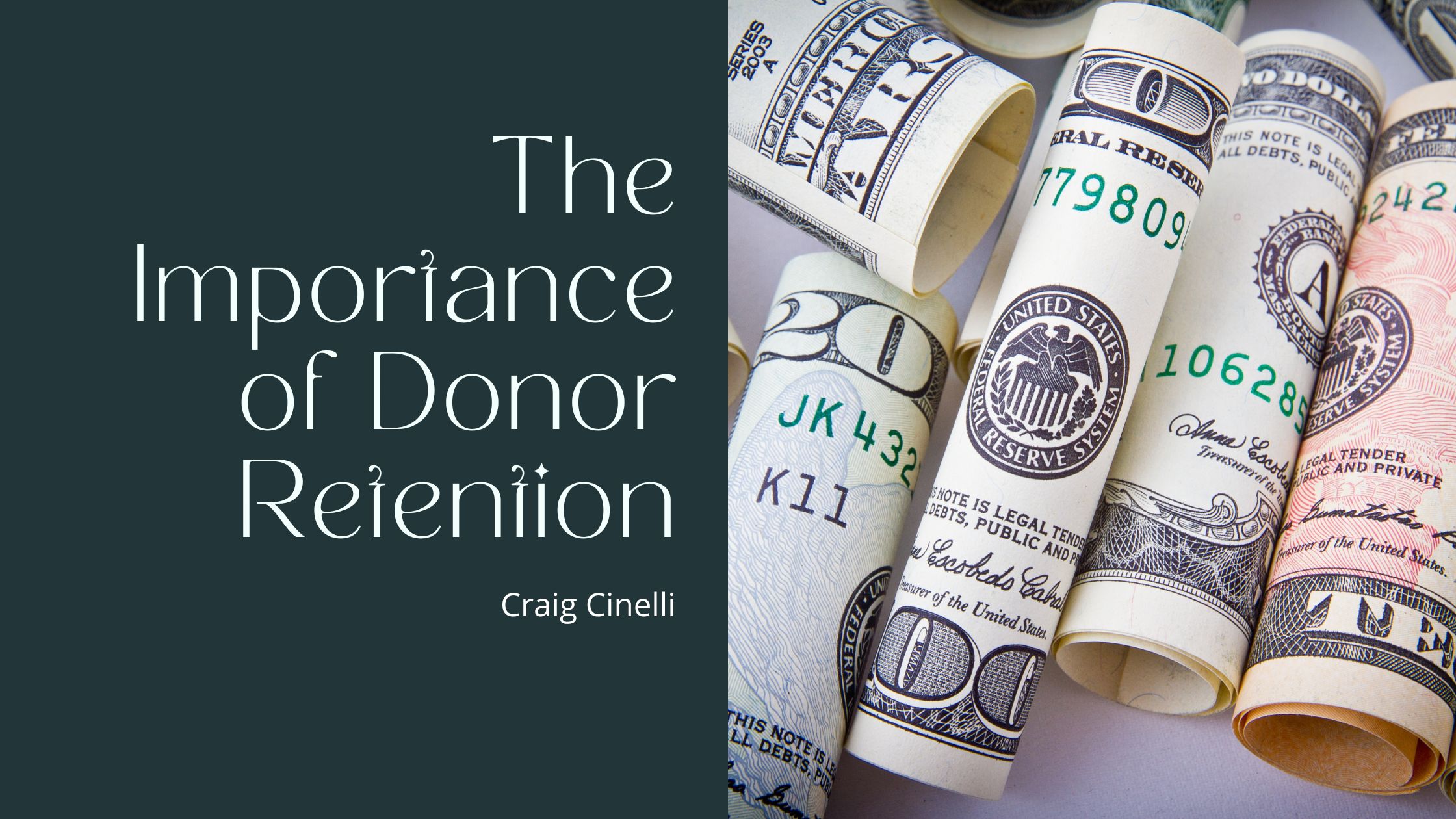Philanthropy plays a pivotal role in many sectors of society, from community development to education, healthcare, and the arts. While many organizations focus their efforts on acquiring new donors, the significance of retaining existing ones often takes a back seat. This oversight is not just a missed fundraising opportunity; it’s a lapse in understanding the profound long-term value of established donor relationships. Donor retention is a metric to improve annual fundraising statistics and a philosophy that underscores an organization’s commitment to its supporters. Recognizing and appreciating the value of continuity, trust, and growing partnerships is paramount for sustainable philanthropic endeavors.
The world of philanthropy is vast, and with so many new digital platforms, it’s easier than ever for donors to support causes they resonate with. Consequently, the nonprofit sector has become highly competitive, with countless organizations vying for attention and contributions. While seeking new donors is a necessary part of expanding a donor base, it’s often more expensive and time-consuming than working to retain existing ones. According to various studies, acquiring a new donor can cost up to five times more than retaining an existing one. Moreover, the lifetime value of a retained donor often far exceeds that of a one-time contributor, both in terms of financial support and advocacy for the organization. With such clear advantages, it’s puzzling why donor retention isn’t always a top priority.
Building Trust and Credibility
Trust is a cornerstone of any lasting relationship between donors and nonprofits. When donors repeatedly support an organization, they fund projects and endorse its vision, values, and efficacy. Each subsequent donation is a reaffirmation of this trust. In an era where transparency and accountability are paramount, retained donors signify that an organization is living up to its promises. Moreover, these long-standing supporters can become ambassadors, sharing their favorable experiences with peers, which can inspire new donors. Organizations can organically build a robust network of trust and credibility by maintaining and nurturing existing donor relationships.
Predictable Revenue Streams
Stability in fundraising is a dream for many nonprofits. Reliable and predictable revenue streams allow for better planning, smoother operations, and the ability to take on long-term projects. Retained donors, especially those who commit to regular contributions, provide this much-needed consistency. Steady, smaller gifts can be more valuable in the long run than sporadic large donations. They enable organizations to budget effectively, reduce the financial uncertainties inherent in project planning, and ensure that funds are always available for immediate needs. This financial stability, in turn, allows for a more focused approach to fulfilling the organization’s mission.
Enhanced Engagement and Feedback
Retained donors are more than just financial contributors; they’re active participants in the organization’s journey. Over time, they develop a deep understanding of the cause and can provide valuable insights and feedback. Engaging these donors in discussions, surveys, or brainstorming sessions can lead to innovative solutions, new project ideas, and refinements in current strategies. Their continuous engagement makes them stakeholders, giving them a sense of ownership and pride in the organization’s accomplishments. By actively involving and listening to retained donors, nonprofits can foster a two-way relationship that benefits the organization and its mission.
Donor retention is more than a fundraising strategy; it’s a testament to an organization’s integrity, effectiveness, and commitment to its supporters. In emphasizing the importance of retaining donors, nonprofits ensure financial stability and build a community of engaged, passionate, and loyal supporters. This community can be the most potent asset, propelling the organization towards its goals and amplifying its impact manifold. As the philanthropic landscape continues to evolve, organizations that prioritize and nurture their existing donor relationships will undeniably stand out, setting new benchmarks for success and community engagement in the sector.

